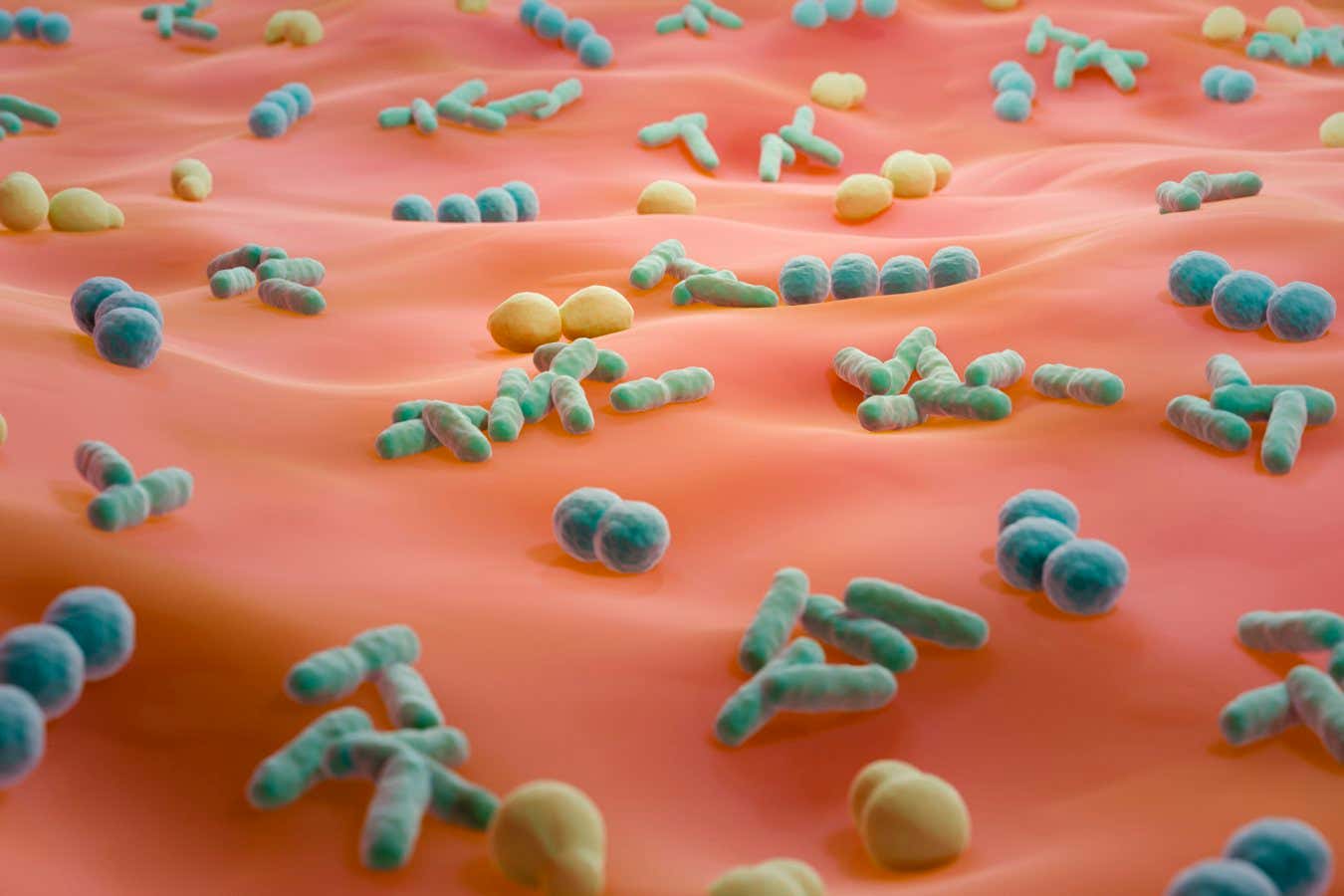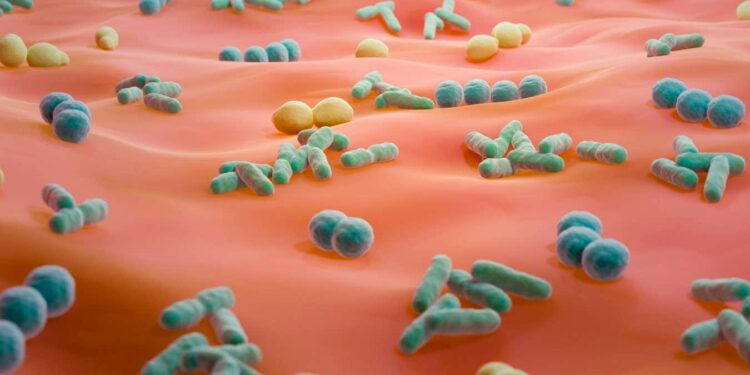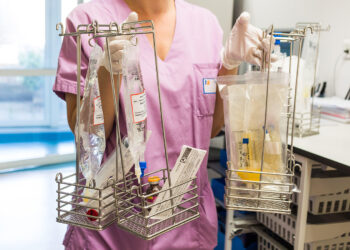[ad_1]

Male and female genitals offer distinct environments for microbes
Artur Plawgo/Getty Images
Sexual partners transfer their distinctive genital microbiome to each other during intercourse, a finding that could have implications for forensic investigations of sexual assault.
Brendan Chapman at Murdoch University in Perth, Western Australia, and his colleagues collected swabs from the genitals of 12 monogamous, heterosexual couples, then used RNA gene sequencing to identify microbial signatures for each participant. The researchers asked the couples to abstain from sex for between two days and two weeks, and took follow-up samples a few hours after intercourse.
“We found that those genetic signatures from the female’s bacteria were detectable in their male partners and vice versa,” says Chapman. This change in a person’s “sexome”, as the team has dubbed it, could prove useful in criminal investigations, he says.
The amount of transfer varied from couple to couple, and the team also found that not even condom use completely prevented the movement of the sexome from one partner to another. However, one major limitation of the results was that the female sexome changed significantly during a period.
Chapman says that even though there may be some homogenisation of the microbiomes of long-term, monogamous couples, the bacterial populations clearly differ between the sexes.
“The great benefit we have with the penile and vaginal microbiomes is that because of the vast difference in the two environments, we observe very different bacteria types on each,” says Chapman. “For example, the penis is mostly a skin-like surface and thus reflects similarities with the skin microbiome. We see anaerobic bacteria types in the vagina and aerobic types on the penis.”
As such, many of these bacteria can’t persist indefinitely in the opposite environment, he says. “It’s a bit like comparing land and sea animals – there are some that exclusively live in one or the other location and would die if removed, but also some that happily move between and persist.”
Having established the transfer of bacteria during intercourse, the team is now hoping to prove that an individual’s sexome is unique, like a fingerprint or DNA. “I think there’s enough diversity and uniqueness contained within everyone’s sexome, but there’s still a bit of work to do in order for us to demonstrate that with a technique that is robust enough to meet the challenges of forensic science,” says Chapman.
If the researchers are able to prove this, it could aid in sexual assault investigations, particularly ones in which a male suspect doesn’t ejaculate, has had a vasectomy or uses a condom. “Bacterial genetic profiles might be able to corroborate or oppose propositions or testimonies about what happened in alleged sexual assault cases,” says Dennis McNevin at the University of Technology Sydney, Australia.
Standard profiles of human DNA will always be prioritised in such cases because of their great power to differentiate between individuals, he says, but the sexome could offer a useful alternative. “Bacterial genetic profiles may one day complement DNA evidence or may even help point to a perpetrator of a sexual assault in the rare cases where DNA profiles are not available,” says McNevin.
Topics:
[ad_2]
Source link : https://www.newscientist.com/article/2468043-sexome-microbes-swapped-during-sex-could-aid-forensic-investigations/?utm_campaign=RSS%7CNSNS&utm_source=NSNS&utm_medium=RSS&utm_content=health
Author :
Publish date : 2025-02-12 16:00:57
Copyright for syndicated content belongs to the linked Source.














